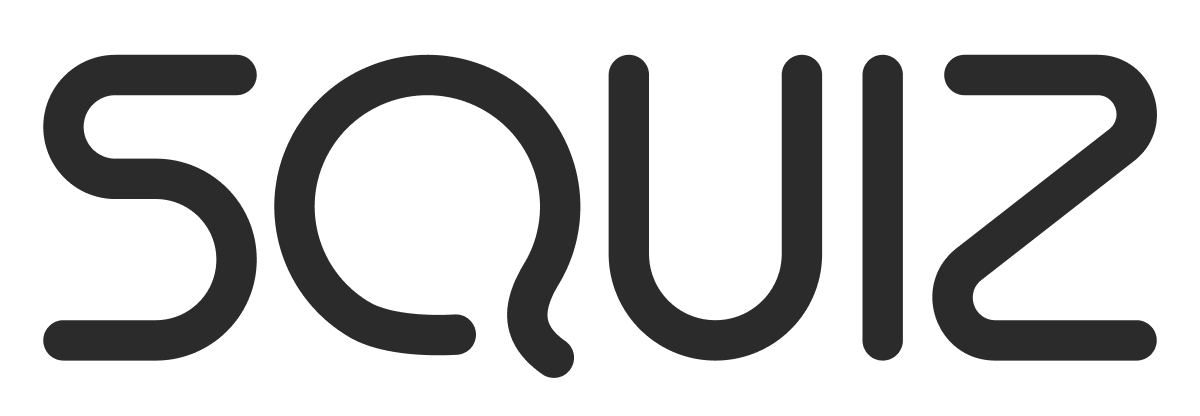Hi all,
I am setting up a new LDAP connection to AD, based from our existing LDAP connections, in Martix v4.10.3.
The details screen is filled in, and says it is connected. I have set up the Attributes and User Setup also.
When I expand the LDAP bridge, it refreshes and loads no children/users (as though there are none in the AD group). As it is a new group we are setting up, to test it out we currently have 2 users in there.
The hostname and Bind DN are both fine; same as our other LDAP connections (which work).
There is a difference in AD with the groups though. From what the IT Techs have told me, our other LDAPs connect to display users stored in a folder, and the new one is a User Group Object.
I have obviously changed the Base DN, which starts with CN= (rather than our other LDAP bridges which start with OU=).
Would this impact the LDAP connection? Would I need to change any settings?
Could it be something in my Group Attributes?
Group Attributes are currently set the same as per our other connections;
Group Members: members
Group Name: dc
Help would be greatly appreciated! :) And probably needs to be in plain English, as I am not a programmer/tech; I know Matrix and it's assets, etc, (I'm a web person), but I have never even seen the interface for AD.
Thanks! Emily.


